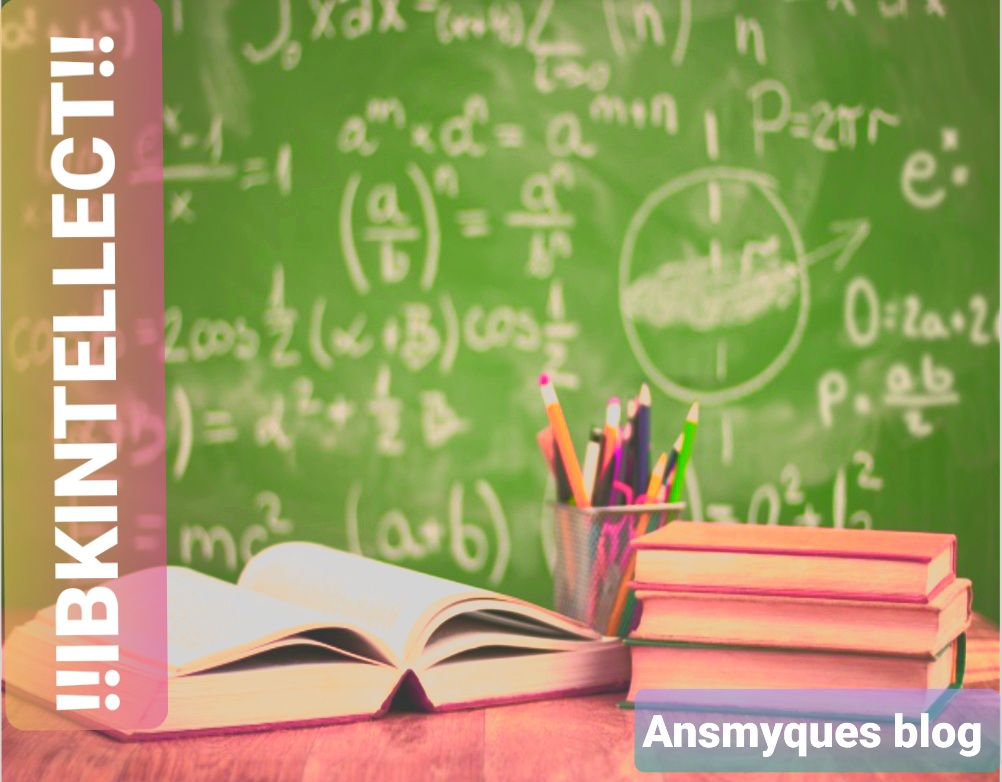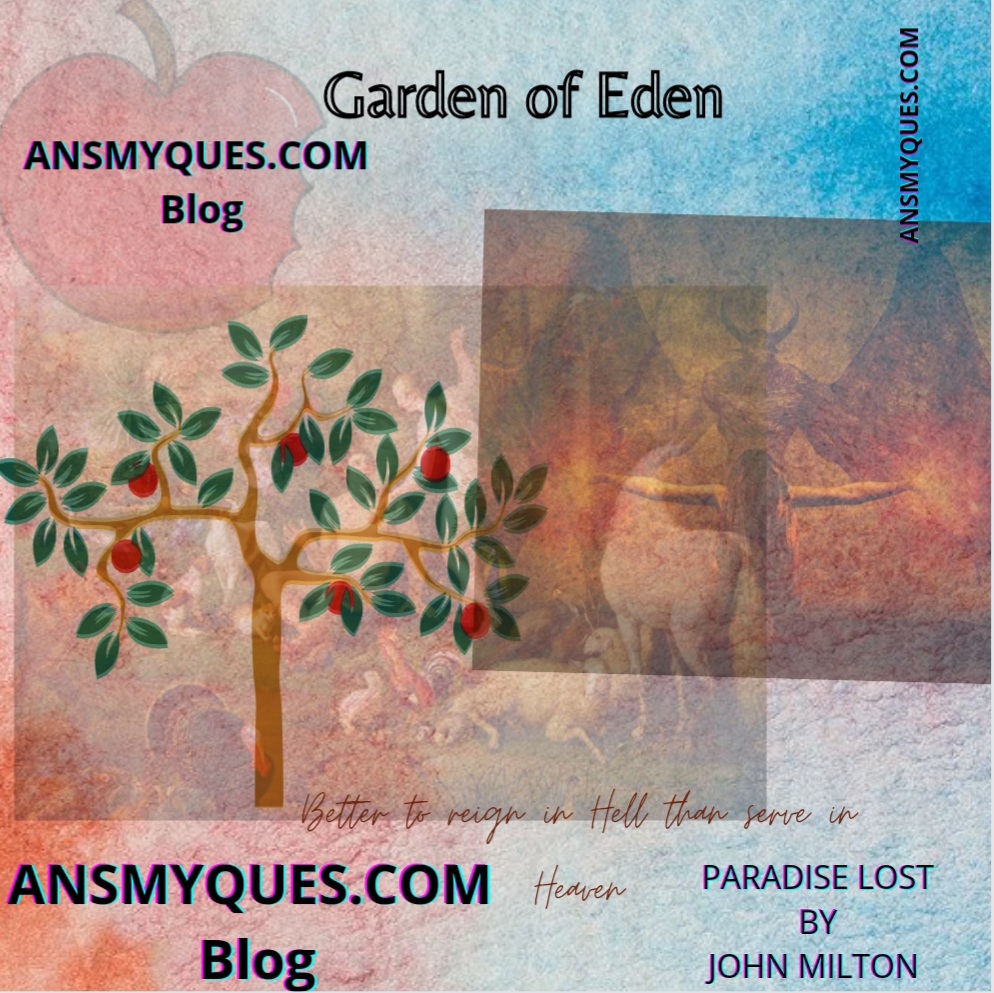Full summary of “Raider of the Treasure Trove” by Lade Wosornu, themes and poetic devices
Raider of the Treasure Trove
But what can be worthy of your life?
What dearer than the gems of your dreams;
The reason you are here? Always strive
To fly flags of joy, and, sail up streams
5
Powered by the breeze of love, your course
Chartered in the ink of compassion.
And, fling roses wherever you pause
Heaven-on-earth your destination
Of things which would blot out that brief
10
Or, breach your sails with arrows unseen:
No! Rob you of life, Rage is chief.
Rage drags rags after you. Of charity,
Laughter, sweetness and joy, Rage is thief
Enemy of equanimity,
15
Rage spreads toxic fumes on every scene.
In essence, Rage spells calamity.
Its cause is your perception of storms
Breaking around, not upon, your head.
There are neither snakes, deviants nor norms:
20
As you think, so you feel. Watch your mind.
Rage sets sail. Can ruin lag far behind?
I’ll fling roses wherever I berth.
My destination is heaven-on-earth.
Background
From time immemorial, rage has always possessed a destructive power. A lot of havoc can be wreaked in a man’s life as a result of rage. Many have built a lot of goodwill or material successes through hard work over a long period of life, only to destroy everything in a fit of rage. In this poem, the Ghanaian poet, Lade Wosornu, emphasizes the negative impacts of anger. He expresses the inherent potentials of rage and gives a written portrait of the overwhelming damaging effects of rage. The ‘treasure trove’ which metaphorically means a valuable find, also implies the gift/beauty of life, alongside other constituents that contribute to such beauty.
Setting
Anger is a reflex action associated with human beings and, perhaps other creatures like animals. It is a condition associated with emotion, irrespective of age, gender, race or class. Therefore, the setting of the poem can be said to be universal in the spatial sense, and eternal in the temporal sense.
Subject Matter/Summary
The poem refers to rage or anger as a plunderer with an ability to destroy possessions of invaluable worth. It focuses on three points. First, it begins with the essence of a man’s existence, which is to be a wellspring of joy for others while steering the course of life. Secondly, it draws to attention the negative consequences and destructive impacts of rage. Thirdly, the source of rage is identified. Finally, the poem concludes with the persona pledging to spread happiness wherever he finds himself or herself because his goal is to make people have a heaven-on-earth experience. Thus, he desires to be a fountainhead of joy and a source of hope.
Lines 1-8
In these lines, the persona describes what makes life worthwhile. The essence of life is to make others’ lives worthwhile by being a source of happiness and love for them. He says that life should be characterized by an earnest and continuous effort to raise high the flag of joy alongside love and compassion while spreading glee wherever one goes. This is because man’s aim should be to bring heaven-on-earth experience to people around him. In sum, the persona instructs man to positively influence people he happens upon as he navigates the course of life.
Lines 9-16
In these lines, the persona describes rage as an emotion that makes the mandate of being a source of joy to others impossible. It is one feeling that interrupts one’s peaceful sail through life and even possesses the ability to destroy a person’s life. Rage is depicted as a cause of poverty, misery, sadness, pilferer of pleasant moments and a harbinger of evil. In all, rage renders life disastrous
Lines 17-21
These lines expound the roots of anger as one’s perceptions, which are often wrong. Rage is traced to man’s thoughts, feeling of fear and the like, which are non-existent. Hence, the persona advises that man should guard his thoughts because if he allows unfounded thoughts to get him enraged, destruction will be the consequence.
Lines 22-23
In these lines, the persona resolves, as his goal, to spread happiness and bring hope anywhere he goes and to everyone he comes in contact with.
Themes
1. The ultimate goal of existence
The persona expresses the fact that the ultimate goal of existence on earth is for each man to bring joy to everyone around him. This, he views as the rationale behind existence. In the course of one’s journey through life, while accomplishing dreams alongside being a representation of joy, man should endeavor to possess other constituents of joy, that is, love and compassion. Consequently, he admonishes that man should spread hope, happiness, joy, and so on, everywhere. In essence, the persona counsels human beings to make positive impacts on other lives they may encounter during their sojourn on earth.
2. Destructive impacts of rage
The dominant theme in the poem is the notion that anger is destructive. It leaves unpleasant memories and destruction in its wake. It also undermines the goal of a fulfilled life. The destructive impact of rage is embodied and imbued with human qualities as the poem echoes the lethal actions performed by rage, which help the reader visualize and understand the graveness of the subject matter. The persona, through a careful choice of words, gives a portrait of the deleterious effects of anger. Rage has nothing to offer but negative consequences. Where it thrives, destruction is unavoidable. The persona emphasizes that rage can shorten man’s existence and interrupt his passage through life in a meaningful way. The persona expresses that though rage is unseen, its destructive effects are apparent, and never covert
Language and Style
The poet uses a number of poetic devices which are geared towards effective delivery of the message. Diction The poet’s choice of words is relatively simple and straightforward; hence, it makes the poem easily accessible to the reader. The syntax is not complicated and there are enough grammatical words to make the reading easier and the message decipherable.
Personification
This refers to a poetic device that gives human attributes to an inanimate object/animal/abstract quality. This device is predominantly used in stanza 2, particularly lines 11, 12, 13, 14 and 15 where rage is portrayed as a raider who is capable of stripping man of life; a thief who steals laughter, sweetness and joy from a man; an enemy of calmness. Rage is also personified when the persona says that it ‘spreads toxic fumes’ everywhere and drags rags after you.’ Hence, rage is imbued with human attributes, as it relates the destructive feats achieved by rage, while providing the reader with a vivid image of such destruction.
Dramatic monologue
The poem reads like an address to someone that is present and listening. With the repetition of the second person pronoun “you’ and ‘your’ (possessive pronoun) throughout the poem, the poet foregrounds this poetic device. Besides, the use of this pronoun makes it gender-case free as it applies to all human beings, thereby underscoring the poem as one with a universal implication.
Metaphor
It is a poetic device of direct comparison between two dissimilar things to show similarity. In lines 13 and 14, metaphor is used. The persona describes rage as a thief who carts away “laughter, sweetness and joy”, and a foe of tranquility, thereby underlining the injurious nature of rage. Both metaphors are significant as they corroborate the harmfulness of rage.
Rhetorical question
In lines 1, 2, 3 and 21, the poet makes use of rhetorical questions to suggest the philosophical stance of the poem. It is a question asked not for the answer, but for the effect it creates. It is used for emphatic effect and is thought provoking. But what can be worthy of your life? What dearer than the gems of your dreams
The reason you are here? …
Can ruin lag behind?
In relation to the poem, the first two questions place emphasis on the value of life and purpose of existence, while the last one dictates the fact that destruction accompanies rage.
Imagery
This refers to the use of words to create mental pictures in the mind of the reader, with a view to having the reader relate to the experience of the persona. A few of them are: “powered by the breeze of love” (1. 5), “chartered in the ink of compassion” which are used to describe the image of man as he passes through life, while “heaven-on-earth” simply suggests a pleasant experience. All of these are visual imagery. Similarly, there is visual imagery drawn from marine, as seen in such expressions as “Ay flags of joy, and, sail up streams,’ ‘breach your sails’ and ‘sets sail.’
Enjambment(Run-on-line)
This is a poetic device in which there is a carry over of thoughts from one line to another without a pause.
Lines 3-4: “Always strive/To fly Nags of joy
Lines 4-5: “sail up streams/Powered by the breeze of love
Lines 5-6: “your course/Chartered in the ink of compassion
Lines 7-8: “‘And, fling roses wherever you pause/Heaven-on-earth your destination
Lines 9-10: “Of things which would blot out that brief/Or, breach your sails with arrows unseen
good
Symbolism
This is the representation of a concept or something through symbols. For instance, in the poem the expressions “flags of joy’ and ‘fling roses’ are symbolic. The former symbolizes man’s endeavor to be a visual representation of joy, while the latter symbolizes the idea of sharing and distributing love and happiness in the poem. Rose stands for love, happiness, hope, and so on.
Structure
The poem consists of twenty-three lines in four irregular stanzas. Two of the stanzas comprise eight lines each. The third stanza consists of five lines with the fourth and last stanza, a couplet. The first establishes the ultimate goal of existence which is to affect lives positively. The second one underscores anger as a plunderer of aspirations and life’s joy while the third emphasizes the source of anger, and the fourth (couplet) sums up the poem with the persona vowing to take happiness everywhere. The poem also possesses a rhyme scheme. The first stanza has as its rhyme scheme, ababeded; the second one, abacacbc; while the third is ababb; and the couplet, aa.


